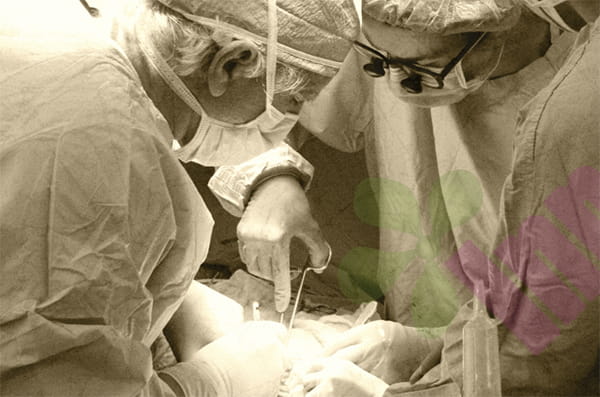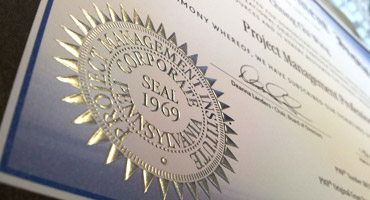Wound care after thyroid surgery requires a balance between functionality and aesthetics. Given the unique location of wounds on the neck, choosing the right dressing not only promotes healing but also minimizes scarring. Modern wound care materials offer a variety of options for patients undergoing thyroid surgery.

What are the characteristics of wounds after thyroid surgery?
The skin of the neck is thin and rich in blood supply, which accelerates healing but also increases the risk of scarring. Incisions are typically sutured intradermally, with a linear surface area approximately 4-6 cm in length. A small amount of tissue fluid exudate may occur in the early postoperative period, which is normal. The neck moves frequently during daily activities, such as talking, swallowing, and turning the head, which can cause constant tension on the wound.
Why is silicone gel foam dressing recommended in the early postoperative period?
Silicone gel foam dressings combine the anti-adhesive properties of silicone with the absorbent properties of foam. Their soft texture conforms to the curves of the neck, preventing pressure during movement. The silicone contact layer ensures that changes are gentle on the newly formed epithelium, minimizing pain for the patient. Their moderate absorbency allows for normal postoperative exudate, maintaining optimal wound moisture. Their excellent breathability allows the surrounding skin to breathe, reducing the risk of maceration. Changing them every 2-3 days ensures hygiene without disrupting wound healing.
How to protect wounds when taking a bath?
Before bathing, layer a transparent film dressing over the silicone gel foam dressing for double protection. The transparent film dressing should completely cover the underlying foam dressing and extend 2-3 cm beyond the edges. Press from the center of the dressing toward the edges to ensure a complete seal, paying particular attention to the curve of the neck. Keep baths to less than 10 minutes, and use a low-temperature water temperature. Avoid direct showerhead exposure to the dressing area; gently scrub the surrounding skin with a towel. Immediately after bathing, inspect the edges of the dressing and replace it if any water seeps through. Gently pat the dressing surface and surrounding skin dry with a soft towel.
When should I start using silicone gel scar dressing?
Start using the silicone gel scar dressing 3-5 days after suture removal, once the wound is completely closed and exudate-free. Initially, wear it for 8-10 hours daily to allow the skin to gradually adapt. After one week, increase this to at least 20 hours daily for optimal results. Silicone gel scar dressings inhibit scar growth by retaining moisture in the stratum corneum and regulating collagen metabolism. Their gentle static pressure also helps flatten scars. Each dressing can be used repeatedly for approximately 2-3 weeks. Remove and rinse with warm water daily, then reapply after drying.
What are the specific plans for using dressings at different stages?
Use a silicone gel foam dressing for 1-3 days after surgery, focusing on managing exudate and protecting the wound surface. Continue using the silicone gel foam dressing for 4-7 days after surgery, adjusting the frequency of changes based on exudate levels. Begin transitioning to a silicone gel scar dressing one week after suture removal, starting with short periods of use and gradually extending the duration. Use the silicone gel scar dressing throughout the day, including during sleep, for 2-4 weeks after suture removal. Continue using the silicone gel scar dressing for 1-3 months after suture removal, as this is a critical period for preventing scar hyperplasia. Continue using the dressing after 3-6 months based on the scar's condition.
What should I pay attention to during use?
Observe the wound each time you change the dressing, watching for signs of infection. Keep the area covered by the dressing clean and dry to avoid the accumulation of sweat. If a rash or itching develops, it may indicate an allergic reaction to the adhesive and the dressing should be changed. Use warm water, not hot water, to clean scar dressings, gently rubbing. Avoid using lotions or ointments on scar dressings, as this may affect their adhesion. See your doctor regularly to assess wound healing and scarring.
![]()
What are the auxiliary nursing measures?
Avoid strenuous exercise and excessive back bending of the neck for one month after surgery. Wear loose-fitting clothing to minimize friction on the wound. Strictly adhere to sun protection measures, as exposure to ultraviolet rays can easily cause hyperpigmentation of new skin. Maintain a balanced diet, increasing protein and vitamin C intake appropriately. Avoid smoking and alcohol, as these can affect wound healing. Maintain a positive attitude; the scar softening process takes 3-6 months.
Post-thyroidectomy wound care is a systematic process, requiring appropriate dressing selection based on the healing stage. Through the scientific use of silicone gel foam dressings, transparent film dressings, and silicone gel scar dressings, along with proper care, optimal wound healing and aesthetic appearance can be achieved. Adherence to standardized care procedures is key to achieving optimal results. For more information on Innomed® Silicone Foam Dressing, refer to the previous articles. If you have customized needs, you are welcome to contact us; you wholeheartedly. At longterm medical, we transform this data by innovating and developing products that make life easier for those who need loving care.
Editor: kiki Jia

 English
English عربى
عربى Español
Español русский
русский 中文简体
中文简体








